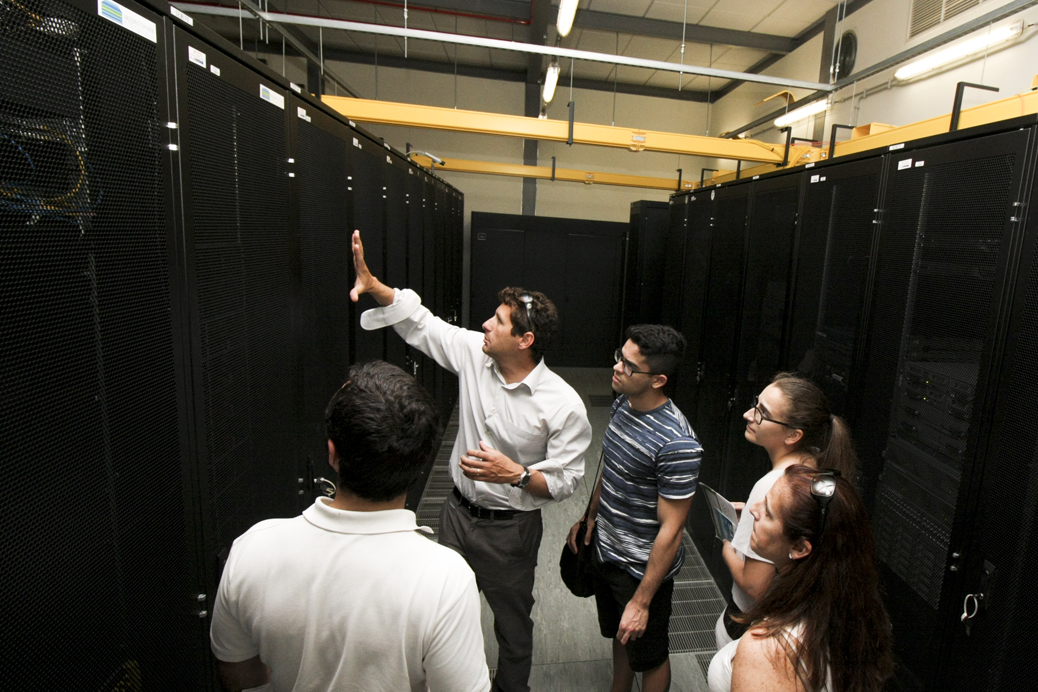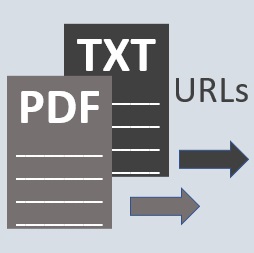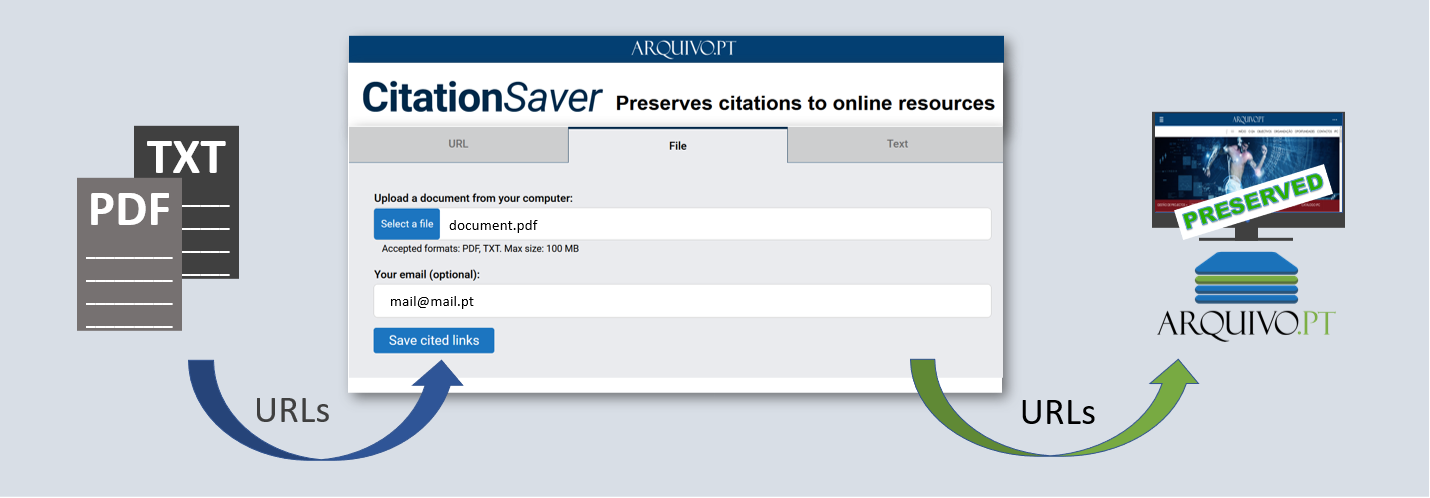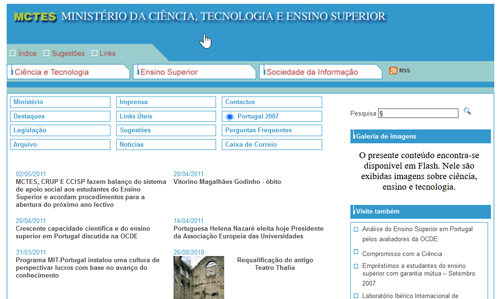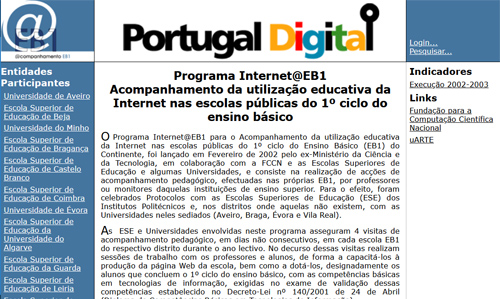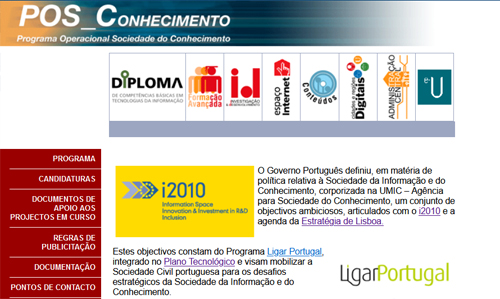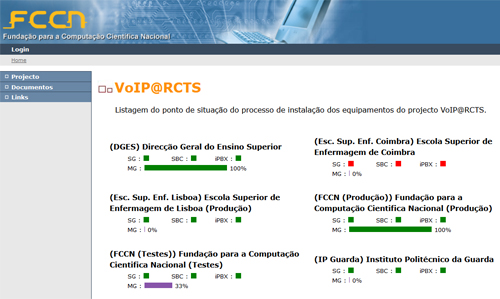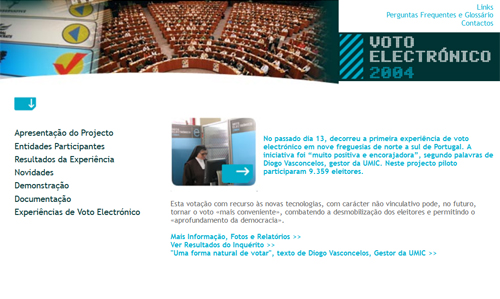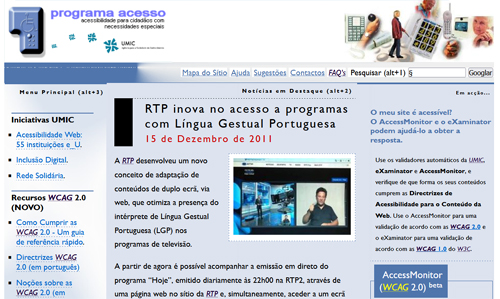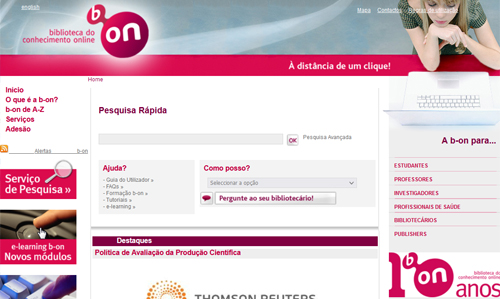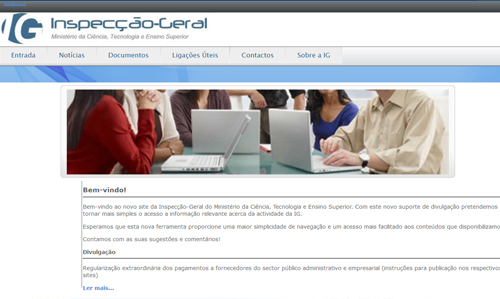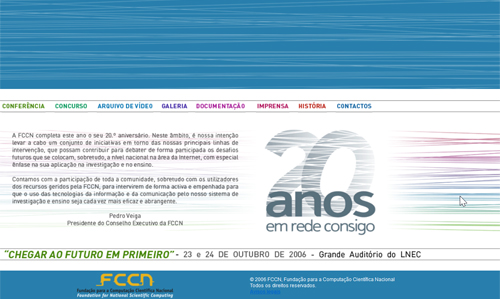Last updated on February 26th, 2024 at 09:07 am
MUVITUR – Virtual Museum of Turism is a portal that aggregates digital content about Tourism in Portugal.
The platform is maintained by the Celestino Domingues Library of The Estoril Higher Institute for Tourism and Hotel Studies (ESHTE) and has the participation of institutions from various areas of heritage that are content providers.
Among the digitized contents that can be consulted in the catalog and accessed in the provider institutions were sound, image, photography, printed material, but websites were missing.
Thus, the idea for the MUVITUR’s new “Web Pages” collection emerged.
Collaboration between MUVITUR and Arquivo.pt
In 2019, a collaboration between Arquivo.pt and MUVITUR began with the aim of identifying websites related to Tourism in Portugal and to disseminate the history of content published on the Web since 1996.
In 2022, a list was established with about 400 records of websites of various entities related to tourism, hotels, travel agencies, pages of municipalities’ websites dedicated to tourism and others.
This database resulted in the first collection of preserved websites about Tourism in Portugal.
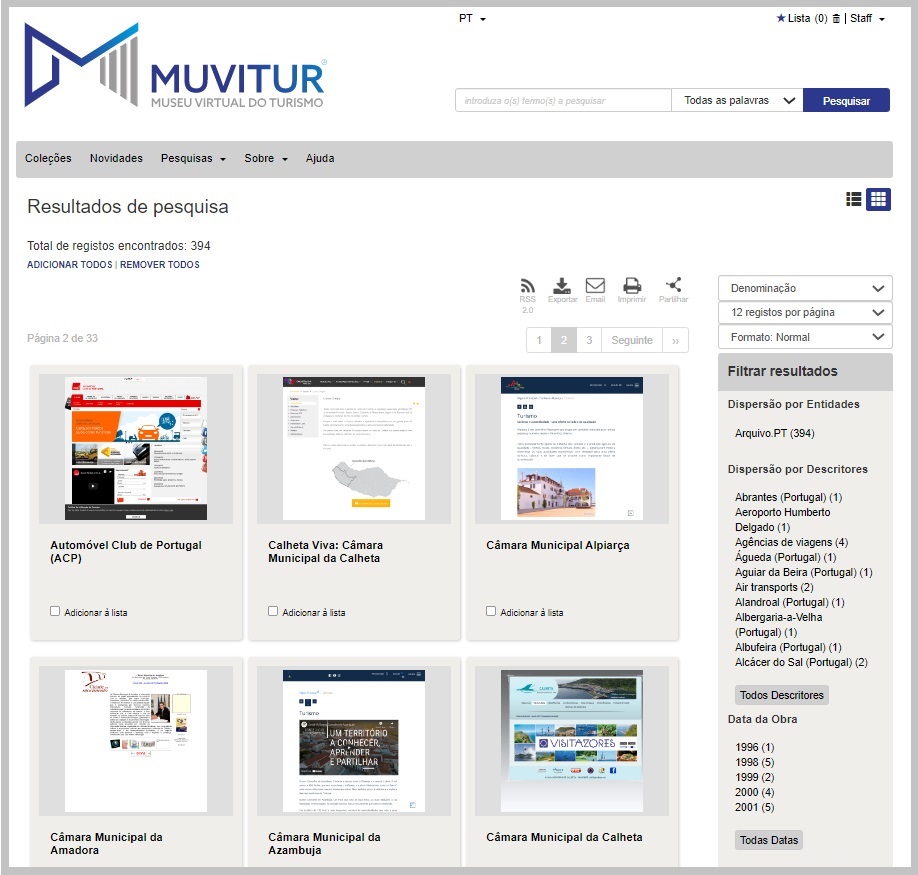
Collection of records in the MUVITUR catalog with webpages preserved at Arquivo.pt.
How the integration was done
MUVITUR uses Nyron software, which allows content from different sources to be aggregated using the OAI-PMH (Open Archives Initiative Protocol for Metadata Harvesting) interoperability protocol, which is very common among libraries, archives and museums to provide content to portals such as Europeana.
Arquivo.pt, however, does not make information available through OAI-PMH so it was necessary to find alternative ways to create a record in Nyron with descriptive information from preserved sites.
The procedure for integration was as follows:
- The XML schema with the fields for the metadata, according to what works in Nyron, was exported to an Excel sheet.
- The information was entered manually, respecting the format and syntax, in collaboration with the computer technicians.
- The XML file with the inserted data was validated and imported into Nyron.
Creating records in catalogs is largely a manual task and requires human curation. However, it was possible to input information to be automatically processed in the records of the Website collection. For example, the thumbnail was obtained using the Arquivo.pt API, more specifically the linkToScreenShot, visible in the technical details of a preserved page (see the options menu on the top right of a replayed page).
For other elements, such as the site’s title, it would be possible to obtain them automatically through the Arquivo.pt API, however the quality of the information depends on what the site’s producers have inserted and may not be accurate. The dates to limit the temporal scope can also be obtained automatically, but the manual method was chosen to control the information presented.
In the continuation of the project, the collection will be increased with new records, as there are thousands of websites about the Tourism sector.
Description of Web contents in the MUVITUR catalog
In the collection “Paginas Web” the following data are used:
- Denomination – usually the title of the website
- Organization – the entity to which the publication belongs
- Website address on the Internet
- Address for version in Arquivo.pt
- Moment(s) to remember
- Link for miniature in Arquivo.pt
- Descriptors
- Geographical data (location, coordinates, geographical name)
The presentation of the information was adjusted to be aligned with that of other MUVITUR resources and contains links to Arquivo.pt.
For example, in the register of the Turismo do Algarve site, we find a link to a moment to remember in 2011 and another link to the history in Arquivo.pt under “Consultar objecto”.

Organizations can create collections of Websites from their area
The National Library of Australia, for example, included records of preserved Websites in its catalog. In the Library of Congress there are collections of old Websites alongside traditional resources.
However, websites are rarely included in museums.
With this unprecedented project we can say that preserved Web sites have gained citizenship in digital platforms dedicated to cultural heritage.
MUVITUR has paved the way with this project for other entities to create collections of websites of their interest on their own platforms.
Other results of the collaboration
- Exhibition of historical Portuguese Web pages at the Celestino Domingues Library (ESHTE), May 2019
- Presentation at Internacional Archives Day, 2021: Arquivo.pt: um museu do futuro? (Slides)
- Story map: Viagem no tempo Casino dos Estoris: do chalet ao jogo online
- Presentation at the Congresso Internacional História, Património(s) e Inovação: olhares sobre as digressões e os percursos turísticos entre Oitocentos e o século XXI, July 1, 2021
- Open data set at Dados.gov: Turismo em Portugal: Websites e histórico de versões no Arquivo.pt

